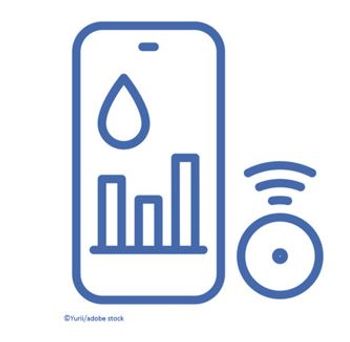
Beyond Nutritional Deficiencies: Managing GLP-1 Side Effects With Lifestyle Interventions
Jonathan Bonnet, MD, MPH, discusses common side effects of GLP-1 medications for obesity and how nutritional and behavioral strategies can help mitigate them.
Glucagon-like peptide-1 receptor agonists (GLP-1s) have quickly become a cornerstone of obesity treatment, with clinical trials showing impressive results for
To address those gaps, 4 major medical societies—the American College of Lifestyle Medicine, the American Society for Nutrition, the Obesity Medicine Association, and The Obesity Society—came together to
In the brief video above, coauthor of the joint advisory Jonathan Bonnet, MD, MPH, digs into some of the less-discussed—but no less important—challenges that come with
The overarching message: GLP-1s don’t work in a vacuum. Without the support of intentional lifestyle strategies—especially related to diet and exercise—patients may struggle to get the full benefit of treatment or may experience avoidable complications. As Bonnet explains, the medication is powerful, but it’s not plug-and-play. It requires a plan.
Jonathan Bonnet, MD, MPH, is the program director of medical weight loss at the clinical resource hub weight management center at Palo Alto Veteran's Affairs in Palo Alto, California. He is also an associate professor (affiliate) at Stanford University School of Medicine, and serves on the board of the American Board of Lifestyle Medicine.
The following transcript has been edited for clarity, flow, and style.
Patient Care: In addition to nutritional deficiencies, could you go through some of the other challenges highlighted in the advisory?
Jonathan Bonnet, MD, MPH: When you're using medications like these, one obvious issue is side effects. They're effective for many people, but not everyone. Some people don’t respond at all, and others respond really well—you get the whole spectrum in between.
There are a lot of GI-related side effects, which is a big issue. Many of these can be mitigated with lifestyle measures. For example, nausea is the most common side effect. Eating smaller meals, eating more frequently, and not skipping meals can help. It typically gets better over time. Then you’ve got things like constipation and diarrhea—those can be influenced by diet. Encouraging patients to eat high-fiber, high-water foods can help with constipation. Some patients experience reflux or heartburn, and that can also be managed—like avoiding spicy foods, not eating too late, and not lying down right after eating.
So yes, nutritional deficiencies are a concern, but when you think more broadly about
There’s a real risk of people not consuming enough protein, and that’s not just about the nutrient itself—it’s about what it does. If someone isn’t eating enough protein, they could lose muscle mass. That’s where resistance training comes in, to help preserve lean body mass as people lose weight.
And there are other risks, too—like the cost of the medication and unanswered questions about long-term safety. We don’t yet know what issues could emerge 10 years down the line.
For more of our conversation with Dr Bonnet, check out:
Newsletter
Enhance your clinical practice with the Patient Care newsletter, offering the latest evidence-based guidelines, diagnostic insights, and treatment strategies for primary care physicians.



















































































































































































































































































